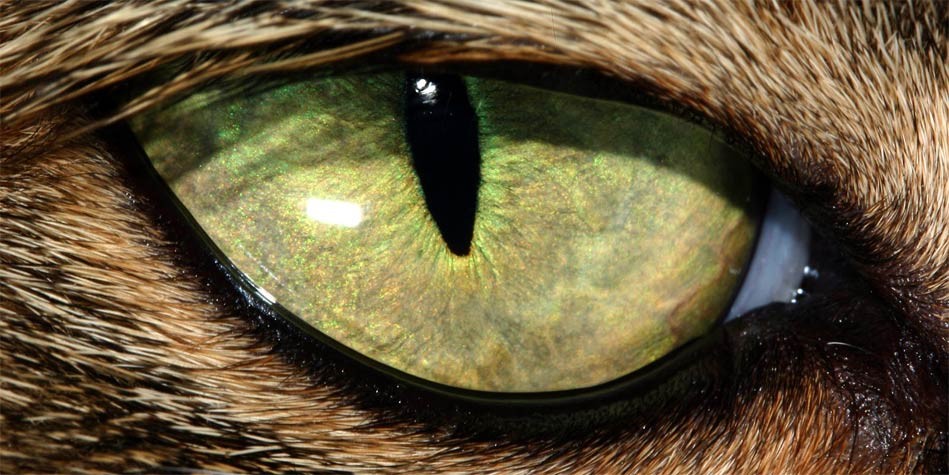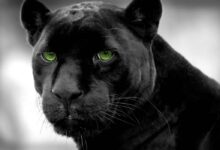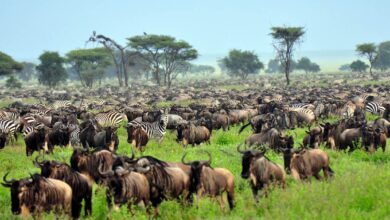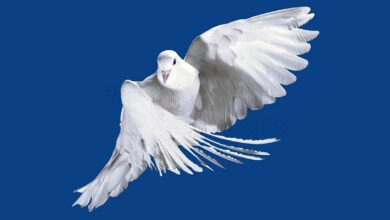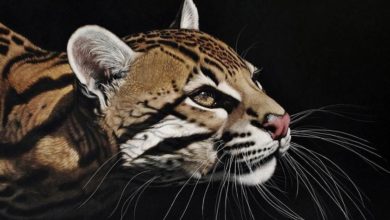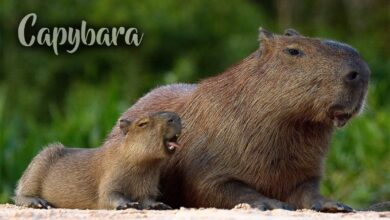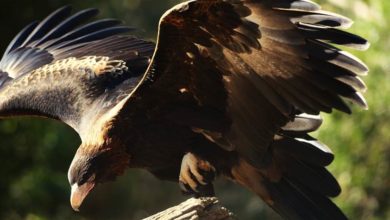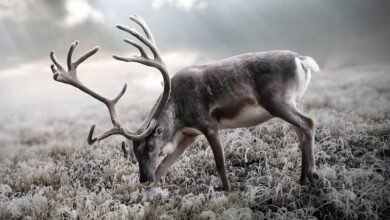Lynx
The lynx – mysterious, downright withdrawn and therefore desirable. The lynx is one of the most beautiful and interesting predatory mammals from the Felidae family. It’s incredibly difficult to be seen at daytime because it hunts at night and during a day it rests in its shelter.
Name
The name lynx originates from Greek (lyngx, lenkos) and means “shining”, “light”, “brightness”. The name relates to one of the biggest lynx’s assets – great sight and the luminescence of its eyes.
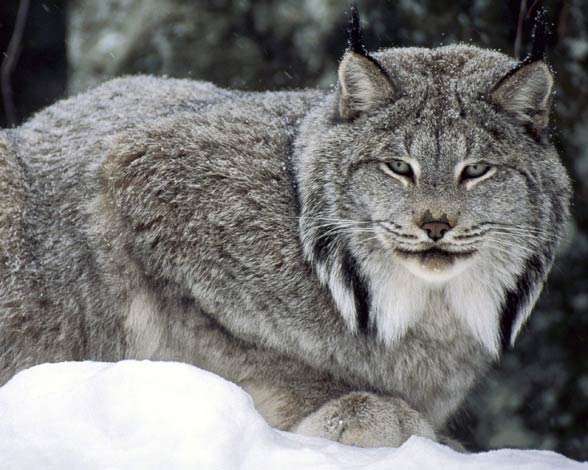
Classification
- Class: Mammalia
- Order: Carnivora
- Family: Felidae
- Subfamily: Felinae
- Genus: Lynx
- Species: Lynx lynx
Species
We distinguish four species of the lynx:
- Eurasian lynx (Lynx lynx) – found in Asia and Europe, also in Poland.
- Canadian lynx (Lynx canadensis) – the northern and central parts of North America.
- Bobcat (Lynx rufus) – central and southern parts of North America.
- Iberian lynx (Lynx pardinus) – small population (about 300 individuals) found in Spain, endangered.

Occurrence
Nowadays, the Eurasian lynx (Lynx lynx) inhabits regions of Switzerland, Slovenia, Czech Republic, Austria, and France. It is well adapted to low temperatures, therefore, the territories of the lynx can also be found outside the Arctic Circle in Scandinavia. However, these animals prefer Siberian forests the most – you can find the majority of them there.
They can also be found in Carpathians and Scandinavia. Few Eurasian lynxes inhabit Germany and the Balkan Peninsula. Eastern Europe and Central Asia are also the “lynx” territories. These cats are fond of coniferous, deciduous, and mixed forests. Moreover, they are not afraid of living in lowlands or mountainous areas.
In Poland there are about 300 lynxes of the lowland population (north-eastern Poland; Białowieża Forest) and the Carpathian population (Eastern and Western Carpathians).
Another species of the lynx – the bobcat (Lynx rufus) is a real survivor. This north American cousin of the European lynx can manage in many environments – not only in forests. Mountains, forests, swamps, and even areas near human settlements are places where this animal can be found.
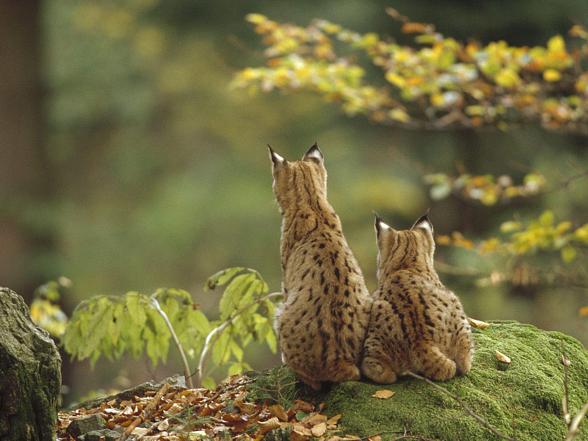
Characteristics
Appearance
Although Poland has a crowned eagle in its coat of arms, the Eurasian lynx certainly deserves to be crowned too, because it is the largest species of the lynx, that may be even 130 cm (51 in) long and of about 75 cm (29.5 in) height at shoulders. The lynx may weigh up to 40 kg (88lb). As for the European environment, it is a large-sized cat. For comparison, the Canadian lynx is much smaller than the Eurasian lynx.
Physique
The lynx is very robust, it has long and very strong legs with paws with retractable claws. Thanks to long legs (especially the hinder legs), the lynx can leap for great distances. It is a great climber and leaper, but a weak runner – it gets tired fast.
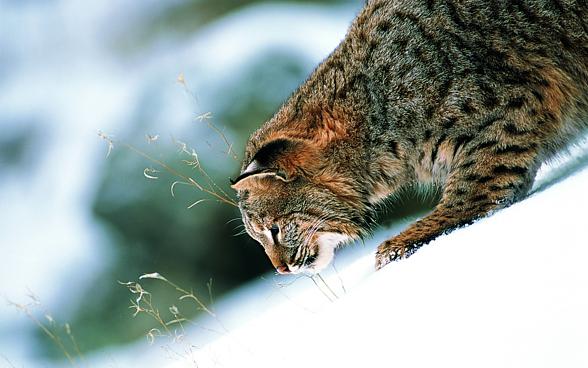
Fur
The fur coloration is the characteristic feature of the lynx – the whole coat is cognac with dark markings. The belly is snow-white. Not only the fur coloration, but also its isolating features are the real assets of the Eurasian lynx. The bobcat (the north American species) is a kind of a chameleon when it comes to the coloration – each individual may be of a different color. Grey and brown with black markings and stripes on the tail and legs are predominant colors. In both species there can be individuals with no markings at all. Lynxes have short and fluffy tails with a black tip.
The amazing tufts of hair on the ears are not only a decoration or Mother Nature’s whim – thanks to them the lynx hears a lot better. The tufts of black, stiff hair concentrate more sound waves and direct them to the ears. Therefore, the lynx hears better.

Lynx night hunter
Hunting time begins at dusk
Lynxes are fond of eating deer. Although we may not like it very much, thanks to being “programmed” by nature in such a way, the populations of deer are not expanding too much. Apart from the long-legged mammals, the Eurasian lynx won’t despise small birds and other mammals, for example, hare or young boars. Amphibia or insects can also be found on its “plate”.
The lynx is very silent during a hunting and very bouncy. It can jump up to 2 meters high, and the length of a leap can be from 5 to 7 meters.
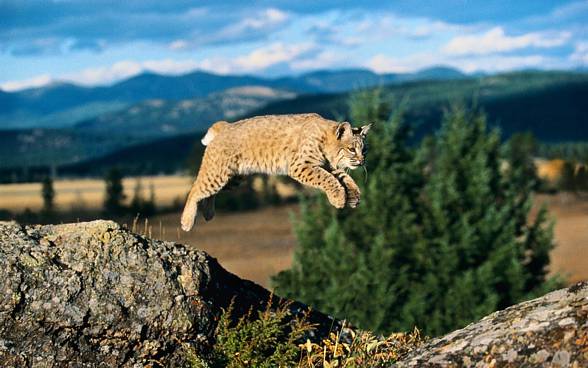
Silent hunter
Despite the robust stature and being quite heavy, the lynx is a silent hunter. It can approach its prey very close, without any suspicions. The attack itself is very dynamic – the lynx needs only a few leaps to jump on its prey and tear off its neck. It also doesn’t have to be afraid of drowning in snow – its wide paws enable it to move around snowdrifts well.
It hunts mostly at night – from dusk to dawn. It needs from 1 to 2 kg (2-4 lb) of meat daily. Many days may pass before a lynx eats the hunted prey.
The lynx is a strong predator – it can kill an adult deer which weighs over 150 kg (330 lb). It’s three times more than the lynx itself.
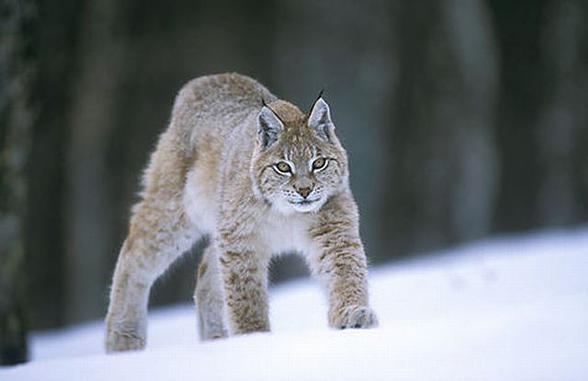
Loner by choice
During its whole life – including the mating season – lynxes live in solitude. However, they are territorial animals, especially females. Although the territories of males are larger than those of females even three times (the territory of a male lynx in Poland is about 350 km2 (135mi²)), male individuals fight each other very rarely. What is interesting, although the territories of females don’t overlap, there are frequent fights which large but immature young participate in.
In search for food, a lynx crosses several or even over a dozen kilometers overnight (from 7 to over 20 km). They are real wanderers.
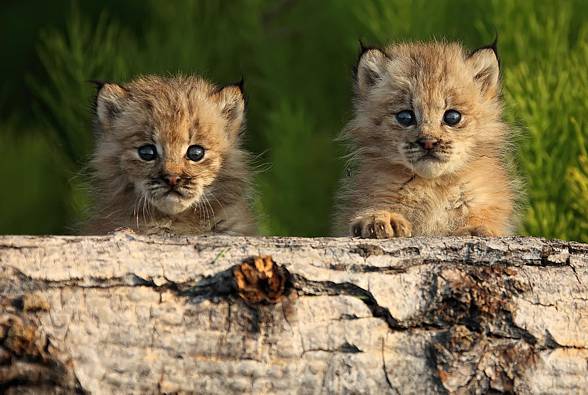
New generation
The gestation period in lynxes lasts about 50-70 days. One litter may consist of 1, 4, and rarely 6 kittens. The young are born blind, they open their eyes after they’re one month old. The mother feeds them for six months. They become independent quite fast – before they’re 1 year old they can leave their mother. Females become sexually mature between 9th and 18th month of life, males need more time, about 18-24 months.
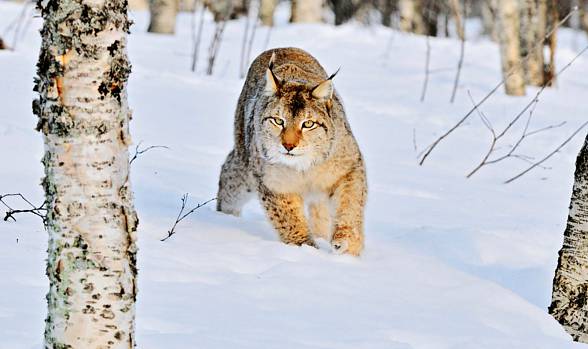
Endangered beauty
Although the lynx has natural enemies (leopards, diseases), human is its biggest threat. Lynxes become the victims of poachers and vehicles the most.
Luckily, in 1995, the Eurasian lynx was taken under protection. The WWF organization fights for the survival of lynxes the most acrimoniously.
Apart from the abovementioned protection, lynxes were taken under the Bern Convention. Thanks to the regulations of the EU, trade in lynxes has been completely banned. Products made of these magnificent animals are also not admitted to trading.

Lynx – data/size
Lynx, Eurasian lynx (Lynx lynx)
- Length: 100 – 130 cm (39 – 51 in)
- Height at shoulders: 50 – 75 cm (19.7 – 29.5 in)
- Tail length: 15 – 30 cm (6 – 12 in)
- Weigh: male: 18-35 kg, female: 8-21 kg. Siberian lynxes often weigh up to 38 kg, and record individuals even 45 kg.
- Lifespan: 14 – 17 years
Canadian lynx (Lynx canadensis)
- Body length: 76-106 cm
- Tail length: 5-12 cm / 10 – 20 cm
- Height at shoulders: 48-56 cm
- Weight: 5-17 kg. There are rarely individuals that weigh 18 kg.
- Lifespan: to 14 years in captivity, much shorter in the wild.
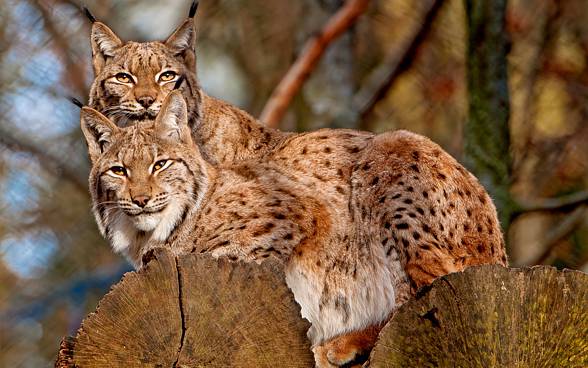
Bobcat (Lynx rufus)
- Length: 71 – 100 cm
- Height at shoulders: 51 – 61 cm
- Tail length: 10 – 18 cm
- Weigh: male: 7–18 kg (9 kg on average), female: 4-15 kg (7 kg on average)
- Lifespan: 6 – 8 years. In the wild lynxes rarel live up to 10 years.
Iberian lynx (Lynx pardinus)
- Length: 85 – 110 cm
- Height at shoulders: 60 – 70 cm
- Tail length: 12 – 13 cm
- Weigh: male: 13-14 kg (max. 20 kg), female: 9 kg
- Lifespan: to 13 years
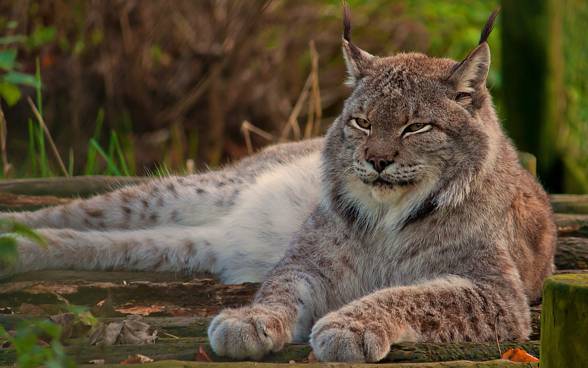
Lynx – interesting facts
- The Eurasian lynx doesn’t ambush its prey on trees. It hunts silently, on the ground. It can jump up to 2 meters high, and the length of a leap can be from 5 to 7 meters.
- Overnight, it crosses many kilometers in search for food. Usually, it walks along the beaten paths.
- The lynx is territorial; in Poland, the territories of males reach to 350 km2, the female ones are about 3 times smaller.
- The lynx is weak at running; it gets tired pretty fast.
- The lynx needs from 1 to 2 kg of food daily.
- The lynx is a strong predator – it can kill an adult deer which weighs over 150 kg. It is three times more than the weight of the lynx itself.
Lynx in a video
Below we present a lynx and its “prey”.
Recommended
- Persian leopard
- Amur leopard
- Siberian tiger
- Bengal tiger
- Sumatran tiger
- Indochinese tiger
- Malayan tiger
- South China tiger
- Tigers
- White tigers
- Lions
- White lions
- Lion vs tiger
- Liger
- Animal fights
- American lion
- European cave lion
- Smilodon – Saber-toothed tiger
- Fights of animals
- Big cats
- Black panther
- Leopard
- Snow leopard
- African Lion
- Fastest animals
- Fastest birds

